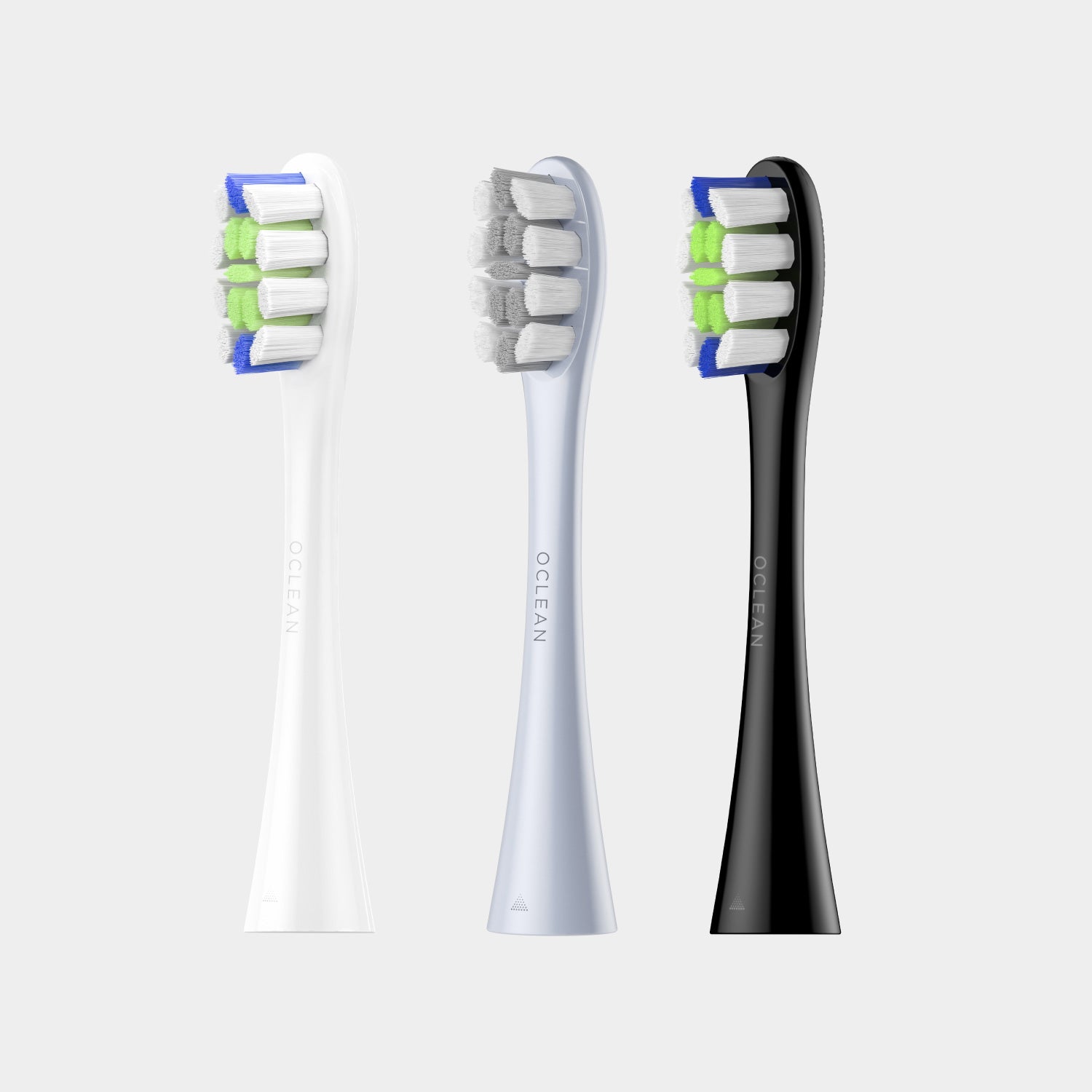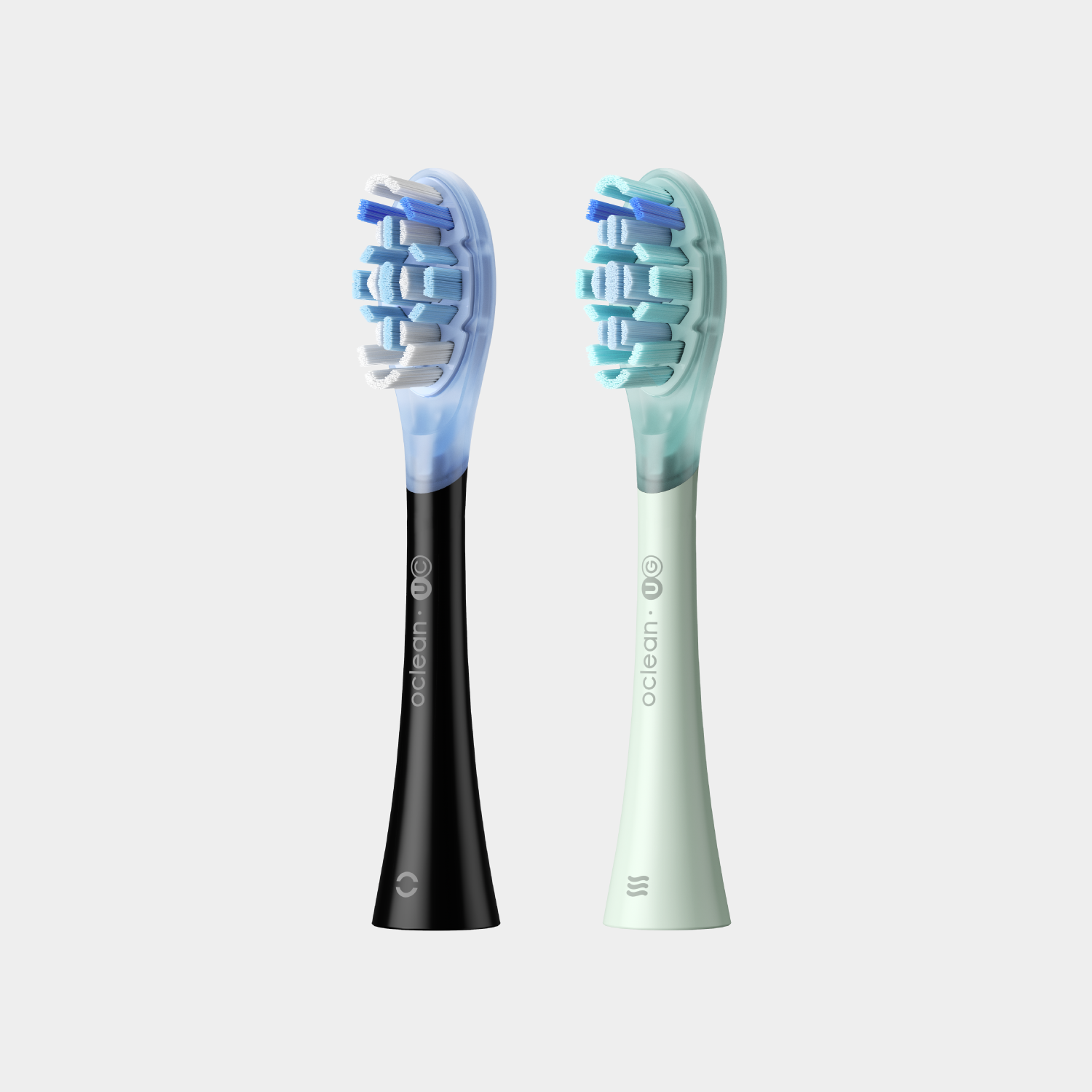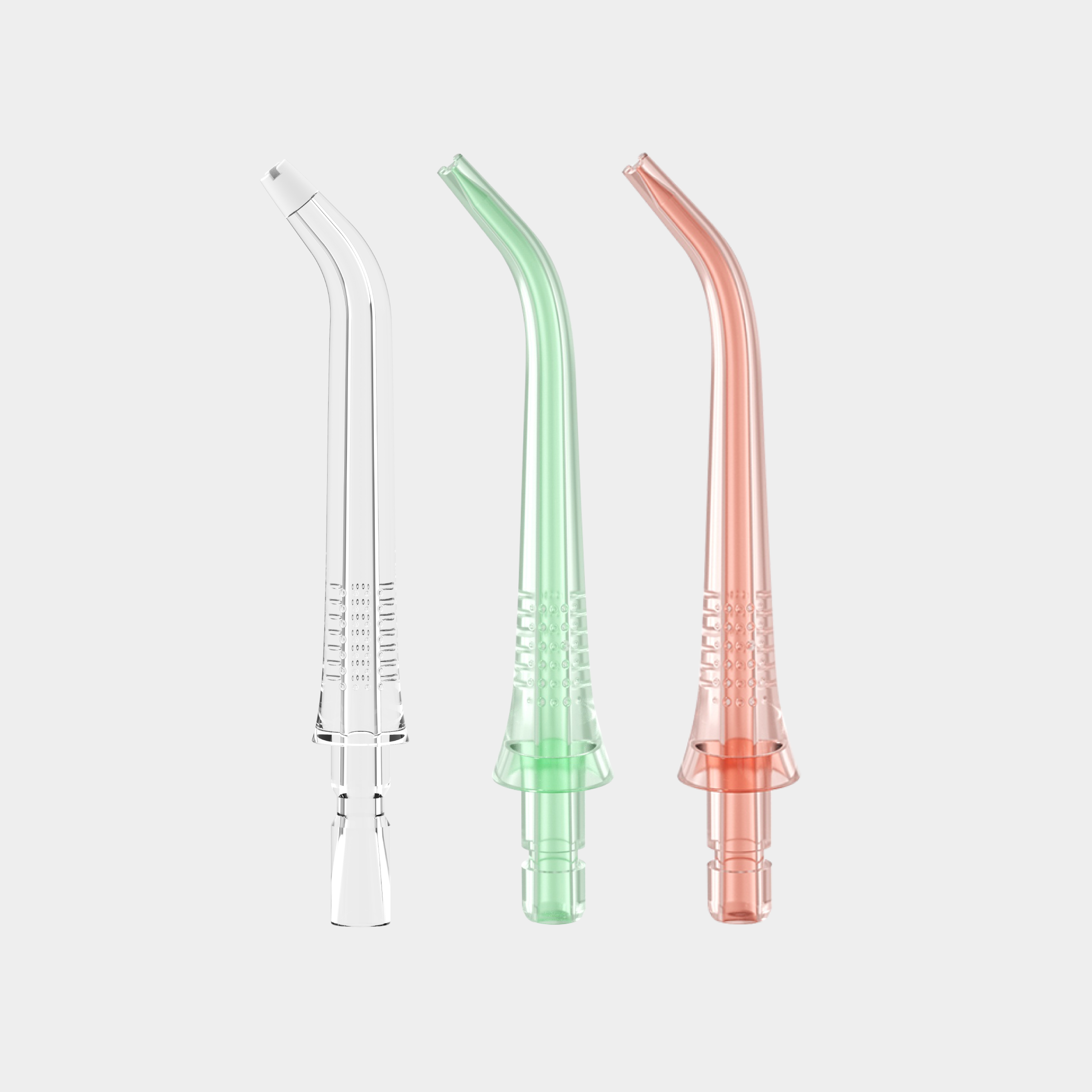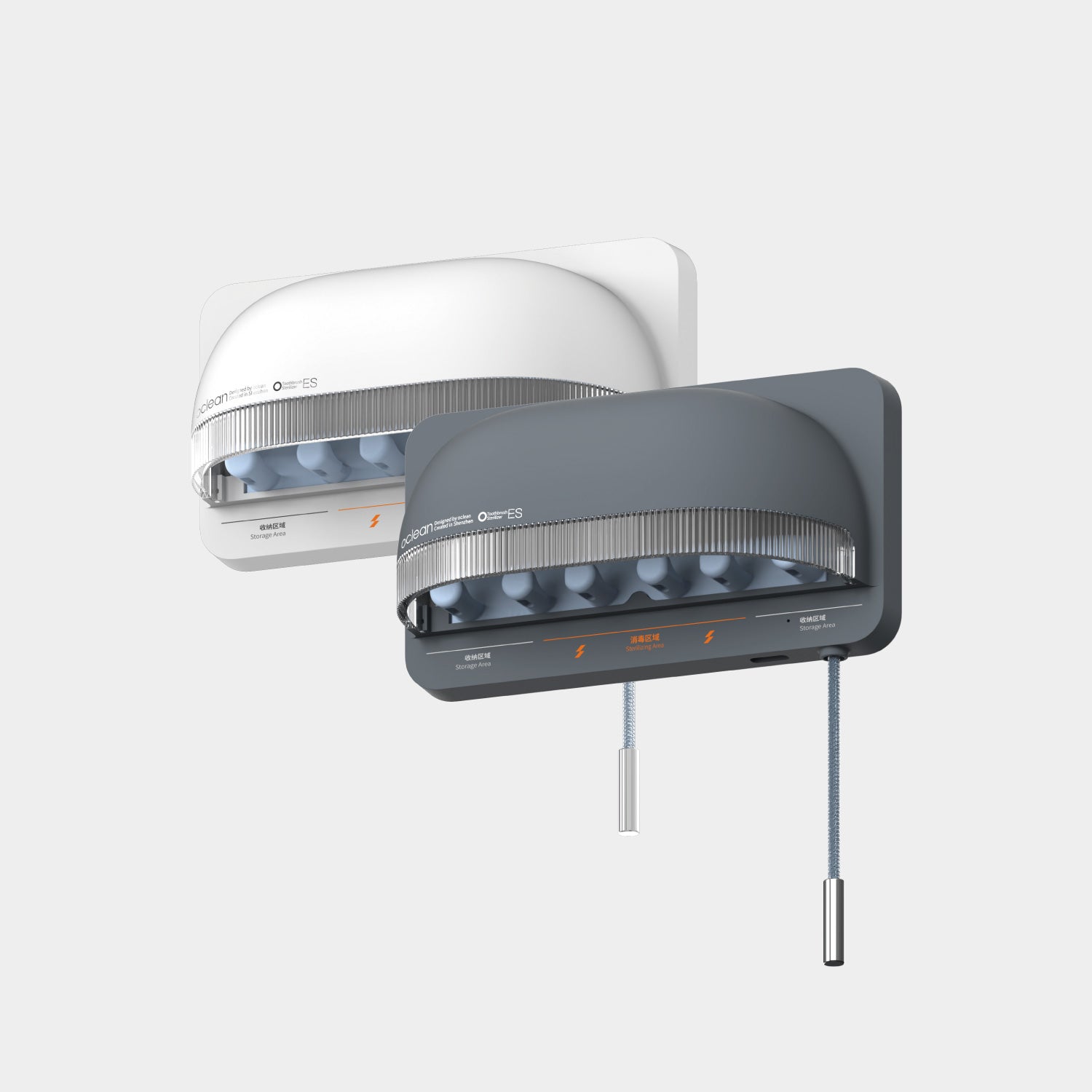Your dentist might have told you to replace your missing teeth. Did he mention dental implants as a treatment option? If so, there must be multiple questions in your mind, like how painful is the implant procedure. How do dental implants work? Can implants fail? Is poor oral hygiene an important factor in implant failure?
In this article, we'll guide you through all the tidbits of the dental implant procedure. So stay tuned and buckle up.
How do dental implants work?
Dental implants work on a simple mechanism referred to as osseointegration, i.e. the interlocking of the bone of the tooth socket and the implant. If osseointegration is compromised or inadequate, there are high chances of implant failure. Thus, the ultimate goal of the implant procedure is implant stability by osseointegration.
The process of implant placement involves 3 steps:
1. Post placement:
A titanium post is inserted in the bone. This is the most crucial step in implant placement as all the osseointegration occurs around the post.
2. Abutment placement:
Those of you who are related to the construction field in any way might be familiar with this term. For those of you who aren't, the term abutment refers to a supporting structure. An abutment is placed on the titanium post in order to pave the way for the next step i.e. crown placement.
3. Crown placement:
After the above two steps are complete and successful, your dentist will select the shade of your crown. Once shade selection is done, a crown matching the natural tooth colour is made and fixed onto the abutment.
Treatment options in dental implants:
When it comes to dental implants, a variety of options are available. However, the choice solely depends on the condition of your jaws. After checking all the parameters, your dentist will prescribe one of the following options:
· Endosteal implants:
These are the most widely used dental implants. A study published in the Journal of the American Dental Association says that endosteal implants have a greater success rate than any other implant. These implants have screws that are placed inside the jaw.

Endosteal implants are for you, if you have:
- Adequate healthy bone in the jaws
- Good oral hygiene
- Healthy gums
· Subperiosteal implants:
These implants are placed beneath the gingiva, on or above the jaw bone. Your dentist will fix a metal frame on the jaw to which the implants would be fixed.
Subperiosteal implants are for you if you have:
- Insufficient bone in your jaws
- Greater levels of bone loss in your jaws
· Transosteal implants:
Unlike subperiosteal implants, transosteal implants involve the placement of a metal frame or plate beneath the jaw bone. These are the least used implants because of the complexity involved in their placement.
Transosteal implants are for you if you have:
- Severe bone resorption
- Missing lower teeth only
· Denture over implants
This is a new yet efficient method of tooth replacement that involves the use of a denture fitted over implants. They are also referred to as implant-supported dentures.
Denture over implants are for you if you have:
- No teeth in your jaws
- Adequate bone density
Are dental implants painful?
To keep it simple, no, it's not. All the horror around dental implants is over-exaggerated. The complete procedure is carried out under local anaesthesia, so you'll feel minimal to no pain at all.
However, one thing must be kept in mind, the pain will increase to level 4 or 5 (out of 10) if the procedure involves bone grafting or gum tissue manipulation. Thus, your dentist might avoid transosteal, and subperiosteal implants as both involve manipulations of the gingival tissue. This pain usually subsides in the first week of surgery.
If the pain doesn't subside, there is a high chance of Surgical Site Infection (SSI). In such cases, you must contact your dentist immediately.
Care after implant placement:
Oral care is crucial to the success of a dental implant. You might be wondering, why is that so? The reason for this is the following equation:
Good oral hygiene = Healthy bone and gums = Increased osseointegration
The first step to good oral hygiene is regular toothbrushing and flossing. According to the American Dental Association (ADA), brushing twice and flossing once each day is a key to oral care. Thus, after implant placement you must adopt two key habits in your routine. These include:
1. Brushing Habit:
Brushing teeth will give you 3X more results if done with an electric toothbrush. Research shows that sonic electric toothbrushes are very effective in removing plaque, thereby preventing gum disease and increasing the success rate of dental implants. Such smart toothbrushes are available at Oclean with a range of options from which you can choose.
2. Flossing Habit:
Cleaning the contact points of the teeth is as important as cleaning other teeth surfaces. This can be done with floss. Modern-day flossers are portable water flossers that employ the use of high-speed water ejections per minute. One such flosser is the Oclean W1 Water Flosser. It has 9 intensities that can be adjusted as per your ease. Oclean also provides high-quality Smart Toothbrush to take the best care of your oral health.
Conclusion:
Dental implant surgery is usually a painless procedure. It works on the phenomenon of osseointegration. Failure of a dental implant is mostly because of poor oral hygiene. Thus, the habit of brushing teeth with a sonic electric toothbrush must be strictly followed. In addition, flossing must also be done every day.
*Cover image from Freepik@prostooleh and @macrovector, we will delete it if constitutes infringement *










































































